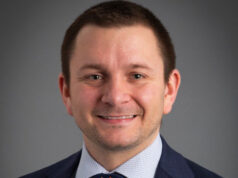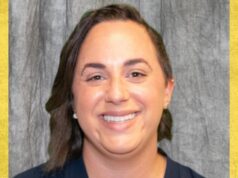
Boston Scientific has received CE mark for the Eluvia drug-eluting vascular stent. It is to begin commercialisation of the product immediately in countries which recognise CE mark.
The Eluvia stent system—which is designed to restore blood flow in the superficial femoral and proximal popliteal arteries—features a drug-polymer combination intended to allow for the sustained release of paclitaxel. This drug can prevent restenosis of the vessel.
According to a company release, CE mark approval was based on data from the MAJESTIC trial, a prospective, multicentre clinical trial that assessed the safety and performance of the Eluvia stent system and reflected a primary patency rate of more than 96%. The MAJESTIC trial results represented the highest 12-month primary patency reported for an interventional treatment of femoropopliteal artery lesions among comparable trials, according to Boston Scientific.
“The exceptional 12-month results presented in the MAJESTIC trial, which included a high percentage of patients with complex lesions, demonstrate that this technology is a safe and efficacious solution for patients needing stents for the treatment of peripheral artery disease,” says Stefan Müller-Hülsbeck, principal investigator at the Vascular Center, Diako Flensburg, and head of the Department of Diagnostic and Interventional Radiology/Neuroradiology, Academic Hospitals Flensburg, Germany. “The approval is a testament to the strength of the data, and will be welcome news to physicians and patients who have not previously had access to a polymer based, drug-eluting stent, specifically developed for the superficial femoral and proximal popliteal arteries.”
Boston Scientific received an Investigational Device Exemption to conduct the global, prospective IMPERIAL trial, which will assess the safety and efficacy of the Eluvia stent system compared to the Zilver PTX Stent (Cook Medical). Enrolment began in the fourth quarter of 2015, and the study should include approximately 485 patients in 75 sites worldwide.













